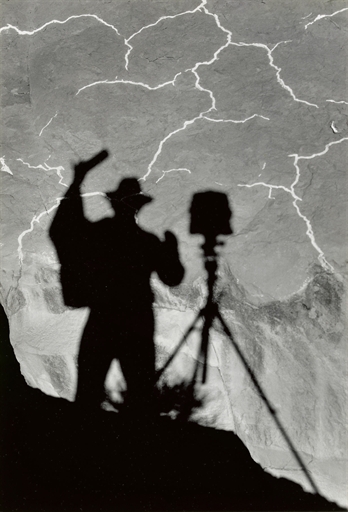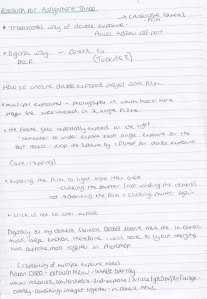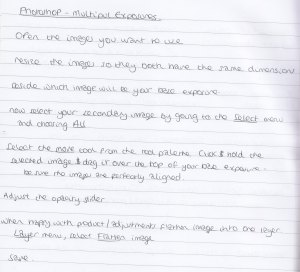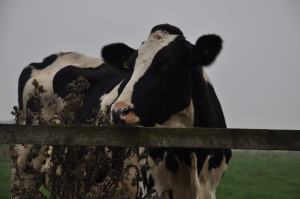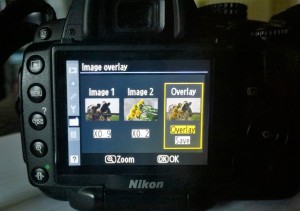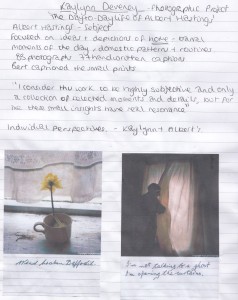Trying to think of any photograph which isn’t used as a means of expression or communication is impossible. I honestly can’t think of one example.
Commercial photographs are used in such things as merchandising and adverts to promote a business or sell a product.
Wedding photographs express and document a special event/day which celebrates the coming together of two individuals in love.
Journalism, Historical and Political photography cover many things such as social issues which are usually biased, depending on who the photographer is or is working for.
Passport photographs are used as a proof of identity.
Travel photography is to showcase locations and illustrate travel literature to encourage tourism.
Medical photography is useful for educational purposes, in clinical care for patient and consultant use, to use in hospitals for posters, information leaflets, magazines and for employees identification and acknowledgment.
Every type that I can think of or come across is in some way or another used to express or convey something.

